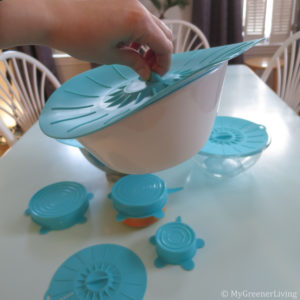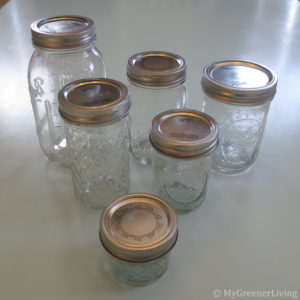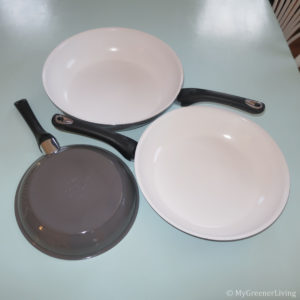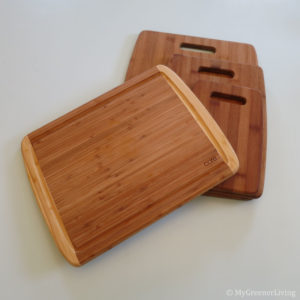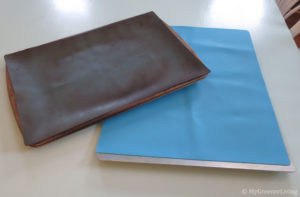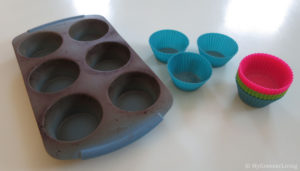 I grew up frugal, and understanding the value of money. I work hard for what I earn, and I don’t want to waste it. Here are my top 10 tips for saving money shopping. If you’re looking for apps and websites to help you have money, check out my post on that topic!
I grew up frugal, and understanding the value of money. I work hard for what I earn, and I don’t want to waste it. Here are my top 10 tips for saving money shopping. If you’re looking for apps and websites to help you have money, check out my post on that topic!
10 Tips to Save Money Shopping
- Don’t buy it if you don’t need it or really want it. Easy. If you’re clothes shopping and find something that is just ok, don’t buy it. It doesn’t matter how great the price is, if you buy it and never wear it, it was a waste of every penny you paid for it.
- Buy store brand products. You may end up spending a lot more money to always buy name brand products. If you are willing to buy any brand, check out your local store brands. I almost always get better prices on store brand items than name brand, even if there is a sale or coupon for the name brand item.
- Coupon carefully. Manufacturers provide coupons to entice buyers who otherwise may not buy their product. If you don’t have a need or use for the product, you’re still spending money that you don’t need to be spending, even if you had a coupon! I’ve also found that even with coupons on manufacturer products, generic/store brand are still often less expensive.
- Shop with a list. Create a shopping list before you go into a store, and stick to your list. This will help you avoid impulse purchases. I find this particularly helpful when I go food shopping when hungry. (Be aware that some exceptions are ok. Today I was in the grocery store and saw the containers of organic baby spinach and mixed greens. Upon seeing it I remembered I was out at home and had forgotten to put it on the list, so I bought it.)
- Learn what a “good price” is for items you commonly purchase. I have a general idea what the prices are for things I regularly purchase, including produce, pasta, yogurt, and eggs. I keep an eye on the grocery store circulars (you can get them electronically all in one place using the Flipp app) and try to purchase the items I need from the store with the best price that week. There are also some items for which I will not pay more than a certain amount, so if I am out shopping and the item (like fresh blueberries) is above my threshold, I just wait a week and check again.
- Shop sales. Check those circulars, especially for non-perishables and frozen items. Stock up when you can get the best prices. And plan your meals around produce and other items that are on sale that week!
- Buy in bulk when practical. Many grocery stores have “stock up sales” where common non-perishable items are on sale. This is a good time to evaluate what foods you and your family consistently eat, and how much space you have to store these items. Before purchasing during these sales, be sure to confirm that you’re actually getting a good price! The stores advertise these big sales, but not everything that is discounted may be the best price you’ll see that month. If there is a good sale any time of year, it’s a good opportunity to stock up on things you’ll use!
- Consider warehouse stores. Depending on how much your family will actually shop at warehouse stores (like BJ’s Wholesale Club, Costco, Sam’s Club), it may be worth the annual membership cost to become a member and shop there. Walk through the store to see what they sell before purchasing a membership. I can save almost $10 on a year supply of allergy medication at BJ’s, compared to purchasing anywhere else. This savings alone is 20% of the cost of an annual membership. Combined with the other items I will purchase in a year, it may be advantageous for me to have a membership.
- Shop at discount stores. Aldi has been spreading into New England in the past several years. I was cautious at first but have had really good luck finding bargains on quality food. Another great thing about Aldi- all of their store brand products are free from artificial colors and flavors and other chemical addatives.
- Shop at salvage grocery stores. These are more common in Europe than the US, but you can find some in the US. In salvage stores you’ll often find products nearing or beyond expiration, damaged containers, etc. The food is safe – these stores are still regulated by the government. Definitely be picky when shopping here – I avoid foods with oil if it is beyond expiration since it can go rancid, but I have had good luck with things like pasta, canned goods, and items sealed in glass jars. A couple years ago I found Luna bars for $0.10 each. In regular stores they go on sale for $1.00 each. This was quite a bargain! I’ve also seen some fantastic prices on good quality pet food. Salvage stores I know about in the Massachusetts and Rhode Island area are The Auction Store in Swansea, MA, and Frugal Frank’s in Fall River, MA.
These are my top 10 ways to save money shopping. To me they are simple tips to keep in mind to save a few cents or a few dollars here and there. Be sure to check out my post about money saving and money making apps and websites!
Do you have any tips or tricks to save money shopping?


